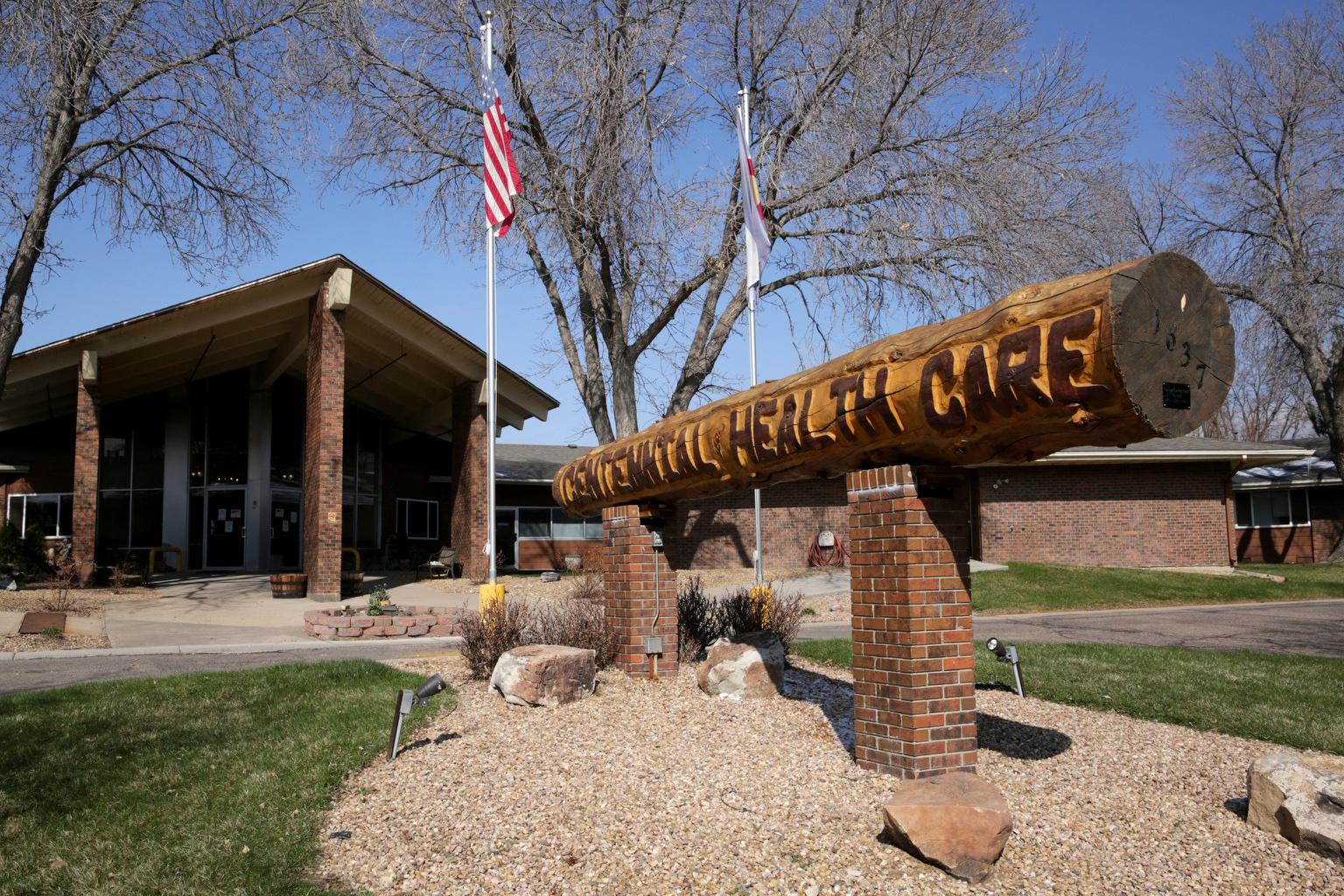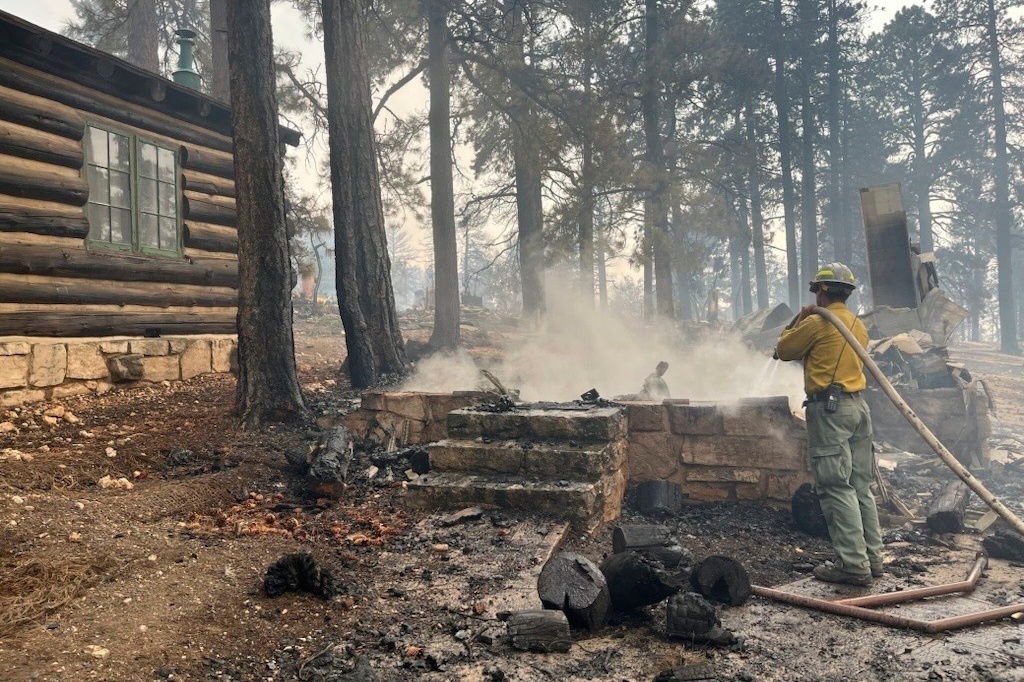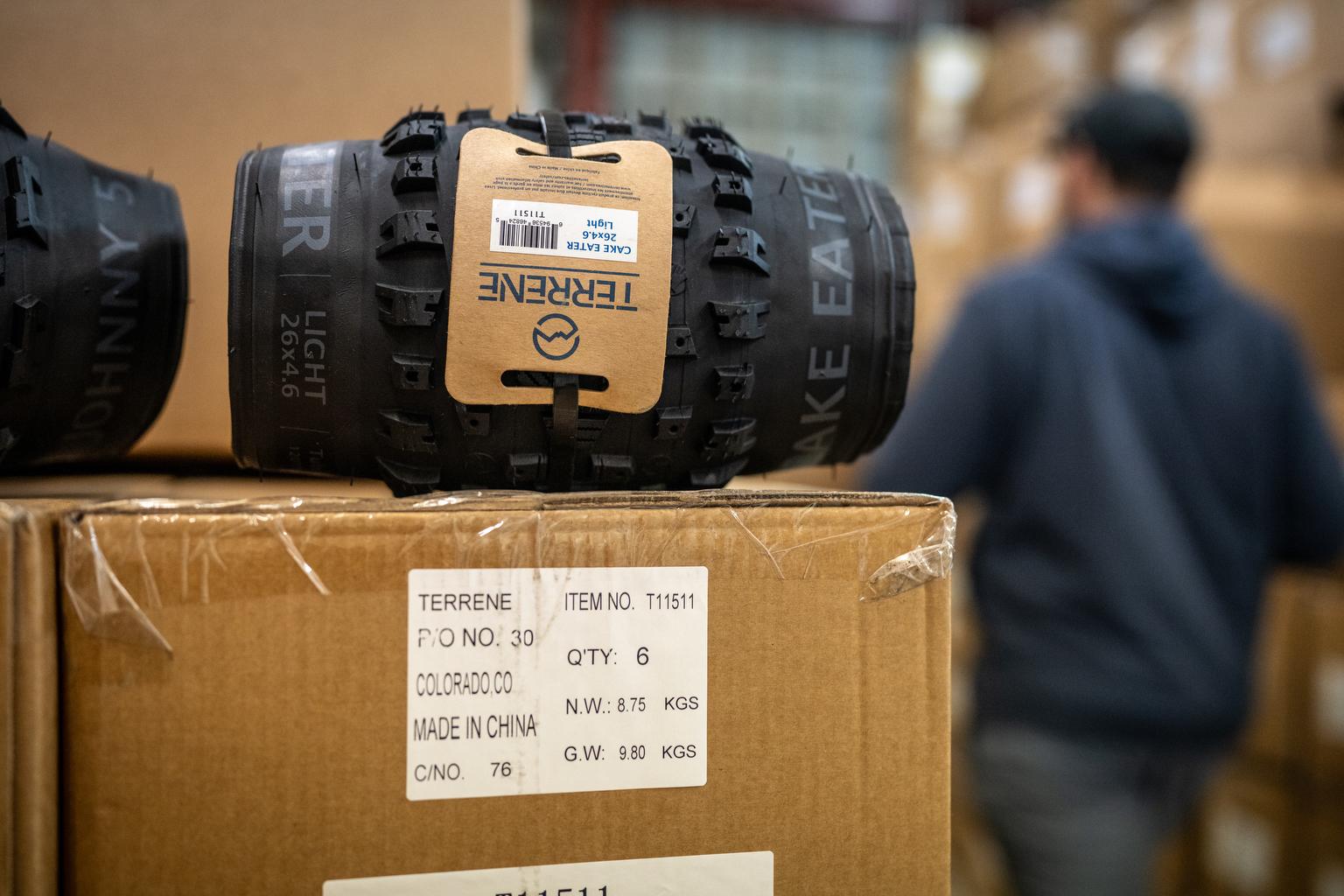
At least 81 of the state’s 250 deaths from COVID-19 have occurred among residents of the state’s elder care facilities, with a single nursing home accounting for as many as 19 of them.
That facility, Centennial Healthcare Center in Greeley, was included on a list of nursing homes with known prior infection control issues obtained by CPR News from the Colorado Department of Public Health and Environment.
On Feb. 13, less than a month before COVID-19 was confirmed in the state, inspectors with CDPHE’s Health Facilities and Emergency Medical Services Division cited Centennial Healthcare Center for an infection control deficiency. The facility was also cited for deficiencies in respiratory care in 2018 and 2019. Neither CDPHE or Centennial provided details about the incidents.
"We immediately put into place and implemented a corrective action plan, which was accepted by the state. We are now awaiting approval that we are in compliance,” said Johanna Hoopes, a spokesperson with Savas Health, which runs Centennial, in a statement.
As that was underway, COVID-19 swept through Colorado, and Centennial Healthcare Center became a hotspot of infections for the disease, which is particularly dangerous for the elderly. Of the 19 deaths, 14 have been confirmed as caused by the coronavirus, while the other five are epidemiologically linked, but awaiting test confirmation.
But it is far from the only elder care center in the state to have a history of infection control challenges and an outbreak of COVID-19. Of the 58 elder care facilities in Colorado with known outbreaks, 25 of them had at least one observed deficiency related to infection control in the last three years.
The state defines an outbreak as two or more cases in one facility.
Infection control, which encompasses everything from hand washing to the sterilization of medical equipment, is a known issue in nursing facilities throughout the country. In Colorado, citations for infection control like the February incident at Centennial are not uncommon.
“Nursing facilities are vulnerable to infectious disease outbreaks across the board even without a pandemic. This has been an ongoing vulnerability in our healthcare system,” said Glen Mays, a professor at the Colorado School of Public Health who has studied both emergency preparedness and elder care systems throughout the U.S. “Like most states — virtually every state — the rate of non-compliance with infection control is pretty high in Colorado.”
Only the federal Centers for Medicare and Medicaid Services has the authority to fine facilities for deficiencies, and while penalties are not uncommon, it’s very rare for a facility to close for deficiencies. In more than 10 years only one nursing home in Colorado has closed after repeated infractions.
“Our goal is to identify shortcomings ... and then bring that facility back into compliance as quickly as possible,” said Randy Kuykendall, director of Health Facilities and Emergency Medical Services for CDPHE.
When COVID-19 began spreading across the U.S., officials at CDPHE knew that nursing facilities would be at-risk for outbreaks and that the facilities' residents are among the most at-risk of contracting serious cases of the disease.
On March 12, Colorado Gov. Jared Polis issued orders that restricted visitation in nursing homes, canceled communal dining and events within facilities and implemented health screenings for staff. The next day CMS followed suit with a federal order.
Polis’ order came a week after the first confirmed case of COVID-19 in Colorado. Though the disease was already spreading around the state at that time, limiting socialization in nursing homes is considered an extreme measure. Visitation and socialization are considered critical for residents’ well-being under normal circumstances and facilities can be cited for not providing residents enough opportunities to interact with others.
“I think it’s important to remember that healthcare facilities by their very nature are designed around communal living,” Kuykendall said. “These are their homes. As in your own home, when one person gets a cold it’s pretty difficult to keep other people in the house from falling ill as well.”
In addition to mandating social distancing within nursing homes, the March 12 order also called on state agencies to provide guidance to facilities with known infection issues. CDPHE compiled a list, but got a slow start on inspections due to limited resources.
“We were a little hampered in the beginning because, like everyone else, we at the health department have problems obtaining personal protective equipment,” Kuykendall said. “We really weren’t able to put all our feet in the field for probably close to 10 days.”
Between March 5 and April 7, CDPHE performed infection control checks on 48 nursing homes with known infection issues. According to Kuykendall, these visits lasted about 90 minutes each. Inspectors did not give out citations, but provided technical support for facilities to ramp up infection control and screening. Even with additional guidance from CDPHE, five of the facilities inspected now have outbreaks.
According to Mays, there are widespread, systemic issues with nursing homes that make infection control difficult to manage even when such extreme measures are taken. The primary issue, he said, is the staffing model for nursing homes.
While long-term care facilities like nursing homes are federally regulated by CMS and overseen by state health departments, most are private companies. With an average profit margin around just 1 percent, most facilities rely on low-wage workers in part-time positions to save money.
“They work multiple jobs often at multiple nursing home facilities and can become carriers of the disease,” Mays said. "There’s high turnover, and it’s difficult to do the training that’s needed for infection control."
Under the current pandemic conditions, these issues have been exacerbated. Like hospitals, nursing homes have struggled to secure personal protective equipment for staff. Nursing facilities throughout Colorado have also lost personnel as they have left to care for family members during the pandemic or have fallen ill themselves. One facility in Jefferson County now has 23 confirmed cases among staff members.
“Under normal circumstances, we could look to other regions for help with personnel or for equipment, but right now you have everyone in the whole world looking for the same resources,” said Doug Farmer, the president of the Colorado Health Care Association, a trade organization for nursing homes. “All this is to say that [facilities] are now working with the staff that remains in their buildings to work extra time. That adds extra costs and extra risks.”
Nursing homes across the country face similar challenges. An NBC news report released Friday identified 2,489 facilities in the country with at least one case with some states failing to release any data. In Colorado, CDPHE has been regularly releasing its data on outbreaks since March 28, but information on deaths must be obtained from county health departments or the facilities themselves. Not every facility or county has released this data, meaning that there may be more deaths in nursing homes than are accounted for in news reports.









